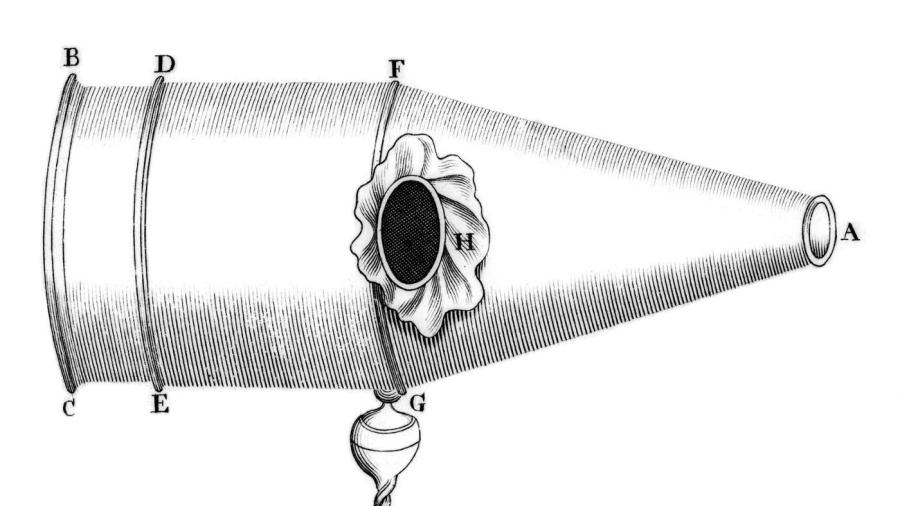What Was Robert Hooke’s Contribution to Biology?

Robert Hooke, a British scientist, played a significant role in the scientific revolution. The discovery of cells as the basic unit of life, the law of elasticity and the attracting principle of gravity are some of the most prominent of Robert Hooke’s contributions to sciences, such as biology, according to Famous Scientists.
The book, “Micrographia”, is the most important achievement Robert Hooke has contributed to biology. This book consists of documentation, observations and drawings of Hooke’s experiments using the microscope. He observed a variety of organisms, such as sponges, insects and bird feathers. Robert Hooke’s most famous observation involves cells. In fact, this scientist was the first person to coin the term “cell” upon viewing the walls of a slice of cork. Robert Hooke also described the eye of the fly, its structure and function, in the book. Another contribution by Robert Hooke is the creation of the air pump used in Robert Boyle’s famous gas law experiments. Without this air pump, major advancements in physics would not have been possible. Robert Hooke is also responsible for resolving the problem of how to measure the distance to a star. Although his contributions are greatly appreciated in the world of modern science, Hooke is regularly outshined by his colleague, Sir Isaac Newton.





